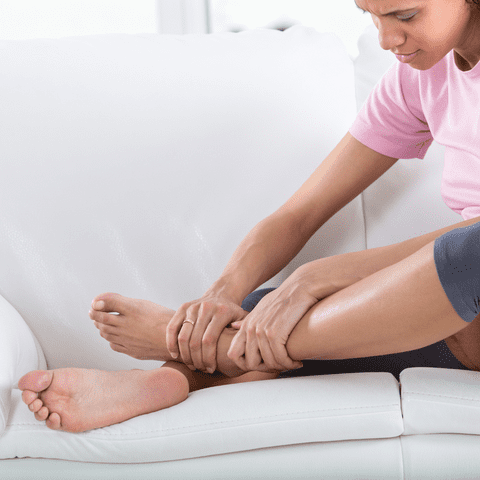Shoes for Edema and Swollen Feet: Easy Solutions!
Living with edema or Diabetes can be tough, especially when it comes to managing the daily discomfort of swollen feet. It’s even harder when most most shoes don’t accomodate edema, disabetes and swollen feet. Finding great shoes for edema and swollen feet can sometimes be a challenge. But don’t worry, help is on the way! So, let’s explore the impact of edema and diabetes on feet and the solutions that can make a real difference.

Why Do Feet Swell from Diabetes and Edema?
Edema, or fluid buildup in the feet, is a common problem for those with heart, kidney, or liver problems – as well as for pregnant women. On the other hand, diabetes can lead to neuropathy, or nerve damage, in the feet, causing swelling and a loss of sensation. These conditions can cause discomfort, pain, and even affect mobility. But there are plenty of solutions out there! pair of shoes for edema, sw
How Can You Manage the Discomfort?

So what can you do to help manage swollen feet from edema and diabetes? The solution is simple: adaptive footwear. Adaptive footwear is designed with the needs of those with edema and diabetes in mind, offering comfort, support, and a good fit.
Adaptive footwear typically features wide and deep toe boxes, soft and flexible materials, and adjustable fastenings, allowing for a comfortable and secure fit. These features combine to reduce pressure on the feet and to prevent swelling, while also providing support and stability.

Adaptive footwear can also help improve circulation, reduce the risk of blisters and sores, and provide better shock absorption, reducing the risk of injury and promoting faster healing. These benefits provide real help to individuals with edema and diabetes, allowing them to feel more confident and comfortable as they go about their daily activities.
Here are 10 tips that make dressing easier for those with edema and swollen feet from diabetes:
- Choose adaptive clothing: Look for footwear with adjustable features, such as extra zippers, Velcro closures, or snaps, which make clothing easier to put on and take off. And especially be on the lookout for shoes that are both “extra wide” and adjustable so you can control the width for when your feet swell.

- Opt for loose-fitting clothing: Wear loose-fitting clothing to help reduce pressure on your feet and legs in order to reduce discomfort.
- Wear slip-on shoes: Avoid lace-up shoes, which can be difficult to put on and take off, and instead opt for slip-on shoes that are easy to wear.
- Wear compression stockings: Opt for compression stockings, which help to reduce swelling and improve circulation, making it easier to get dressed.
- Choose seamless socks: Avoid socks with seams, which can cause pressure points and irritate the feet; instead, opt for seamless socks that are soft and comfortable.
- Use a raised toilet seat: Raising the height of the toilet can make it easier to get dressed and reduce the risk of falls.
- Have a chair nearby: Sitting down to get dressed can be easier on the feet and reduce the risk of falls.
- Use a long-handled shoe horn: A long-handled shoe horn can make it easier to put on shoes and reduce the need to bend over.
- Choose adjustable clothing: Look for clothing with adjustable features, such as drawstrings or elastic waistbands, which helps ensure a comfortable fit.
- Ask for assistance: Don’t be afraid to ask for help from a loved one or caregiver when getting dressed.
By following these tips, individuals with edema and swollen feet from diabetes can make the process of getting dressed easier, safer, and more comfortable. Adaptive footwear is a simple and effective solution for those living with edema and diabetes. By providing comfort, support, and a good fit, adaptive shoes can help manage the daily discomfort of swollen feet, allowing the wearer to feel more confident and comfortable as they go about their daily activities.
























